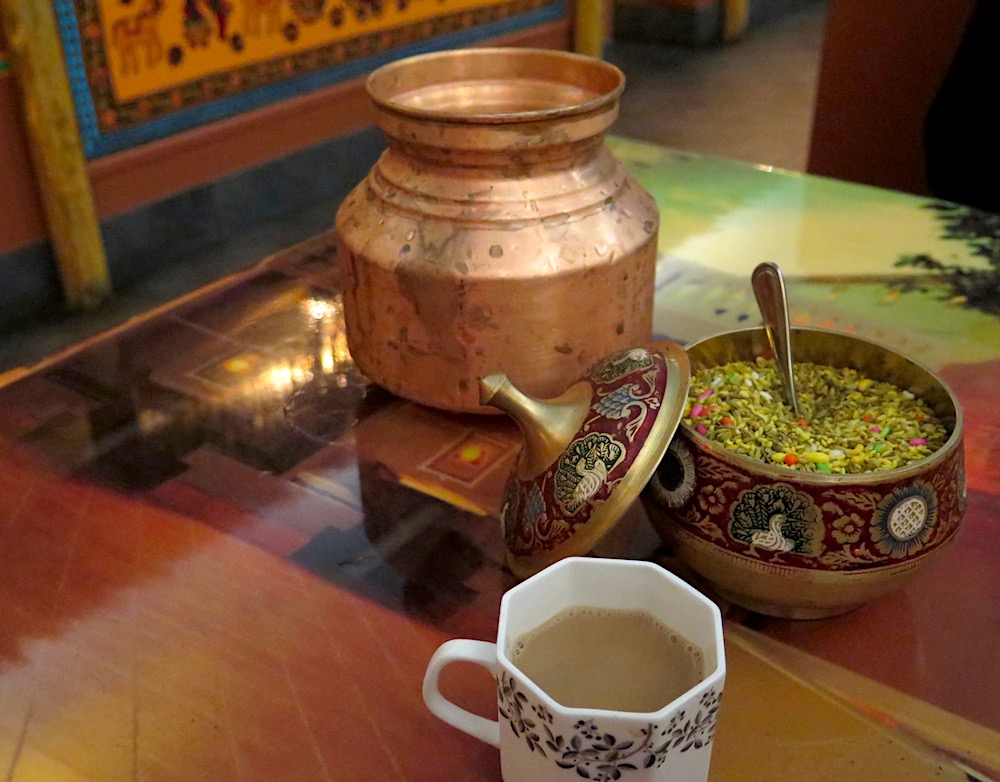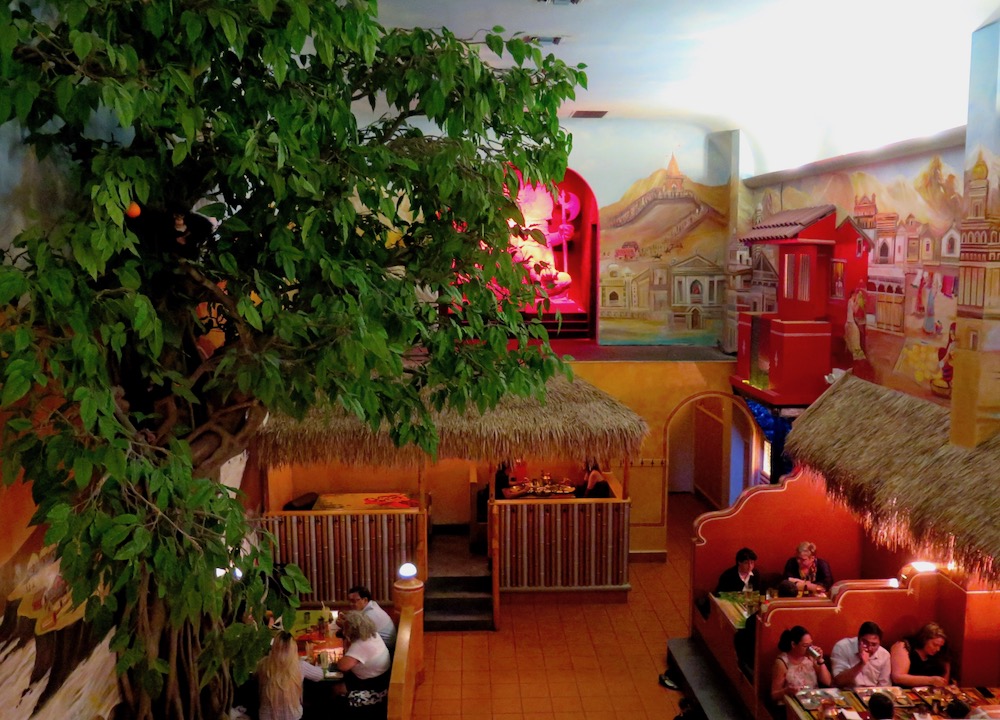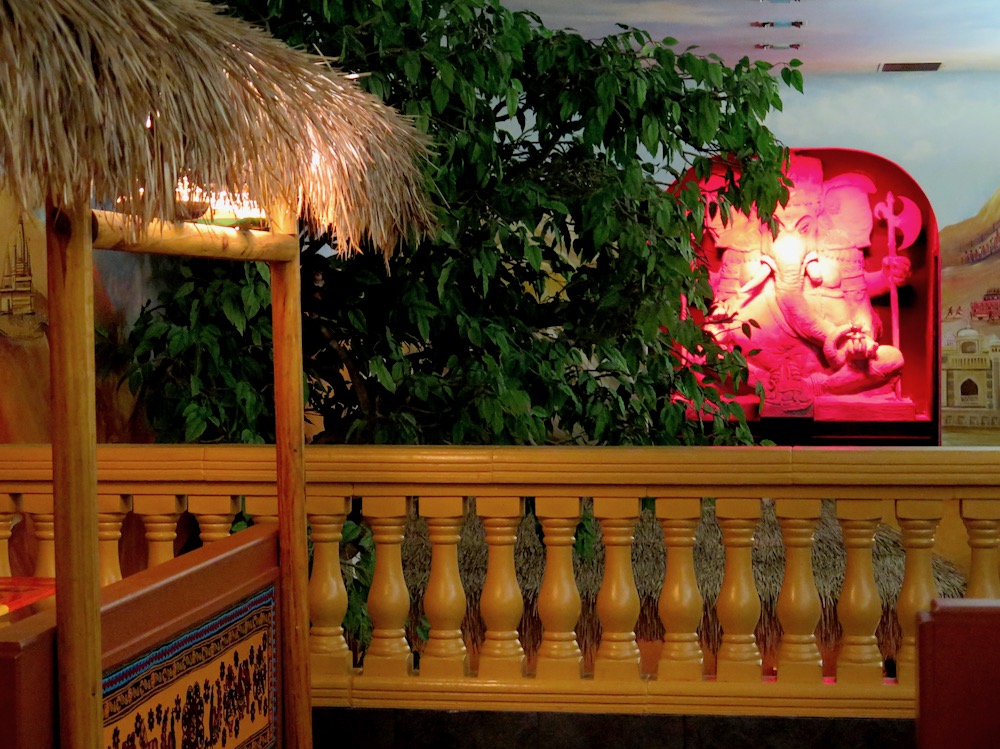Some years ago, whenever you wanted Indian cuisine in Manhattan, you headed to East Sixth Street in the East Village where a block-long colony of Indian restaurants between First and Second Avenues was widely known as Curry Row. Perhaps it wasn’t the best Indian cuisine outside of London, but it was relatively inexpensive—and you never left hungry.
Fortunately for those of us fascinated by the multiple culinary traditions of India, the ensuing years in Manhattan have been a boon for the discovery of India’s numerous regional cuisines, such as Gujarati. Located in northwestern India, the state of Gujarat is widely known for its primarily vegetarian cuisine, served thali-style, with a mixture of dishes that can be simultaneously sweet, salty, and spicy.
Apart from hopping a flight to Ahmedabad, one of the best ways to experience a typical Gujarati meal can be found at Vatan in Manhattan’s Kip’s Bay neighborhood. Designed to evoke the atmosphere of a traditional Gujarati village, the restaurant features a massive elephant-headed Ganesh facing a gigantic banyan tree that rises to the ceiling of the two-level space. Hand-painted wall murals depict Gujarat’s mountainous landscape, with pastoral scenes of Gujarati villages.
Gujarati servers in traditional ethnic garb guide patrons to thatched dining enclosures where guests are encouraged to remove their shoes and relax and cross their legs in the extended dining booths. A brass pitcher of ice cold water is placed on the table—for which guests are increasingly grateful throughout the brilliantly spicy meal.

Open only for dinner, the restaurant’s sole menu option is the prix-fixe thali, which makes it easy for guests to relax. (photo by ©MRNY)
Vatan was founded in 1996 by Jitendra Mehta and his wife Meeta, two native-born Gujarati who wanted to share their homeland’s rich culinary heritage and the food they loved from their childhoods. The word “vatan” means motherland—and almost immediately, guests sink into a vicarious maternal embrace of culinary comfort.
Open only for dinner, the restaurant’s sole menu option is the prix-fixe thali, which makes it easier to sit back and relax as the servers explain the various appetizers and entrées, all of which are vegetarian—and many of which might be unfamiliar to many guests, at least by their Indian names. Khaman, for example, is a puffed cream of wheat flour cake, while muthiais steamed flour with spinach. Sauces to accompany the plate of appetizers range from mildly spicy and sweet to fiery, should you desire.

Entrée thalis are accompanied by white rice with peas, lentils with rice and vegetables, and kadhi, which is a yogurt soup made with spiced chickpea flour. (photo by ©MRNY)
For the entrée thali, servers ask the preference of spiciness from mild to hot before serving a plate that features bhaji, a delicious sautéed spinach and corn combination, alongside chickpeas in garam masala, boiled lentils, and potatoes in red gravy, as well as papadam, roti, and rotla, a flatbread made from black millet flour that is served with garlic chutney. Entrée thalisare accompanied by white rice with peas, lentils with rice and vegetables, and kadhi, which is a yogurt soup made with spiced chickpea flour.
One of the more gracious aspects of a meal at Vatan is when the servers ask if guests would like to pause between appetizers and entrées. The wise guest will answer in the affirmative and allow time for the first course to digest, while absorbing the surrounding atmosphere, which is marked by soothing Indian music and a clientele that feels like family.

A pause might be necessary before enjoying the masala chai, the Indian tea cooked with cardamom, ginger, and milk. (photo by ©MRNY)
For dessert, Vatan serves homemade ice cream in both mango and cardamom, as well as the delicious cardamom syrup-soaked donuts known as gulab jamun. Again, a pause might be necessary before enjoying the masala chai, the Indian tea cooked with cardamom, ginger, and milk—at which point, guests might consider the banyan tree at Vatan’s center. Throughout India, banyan trees are where people gather to socialize and relax—and after a meal at Vatan, relaxation follows naturally.
At meal’s end, you might pause at the small stone wishing well in the entrance hall—and toss in a wish for a world as convivial as that at Vatan.
























